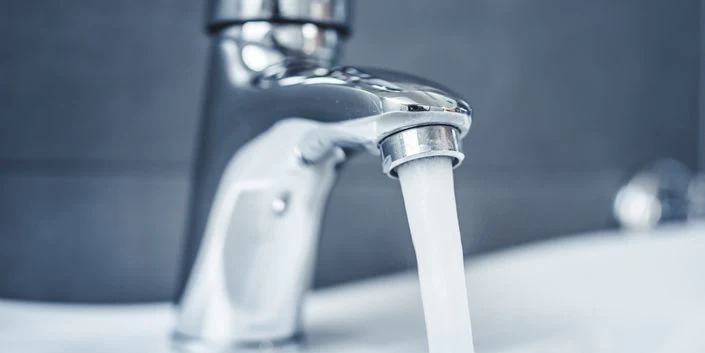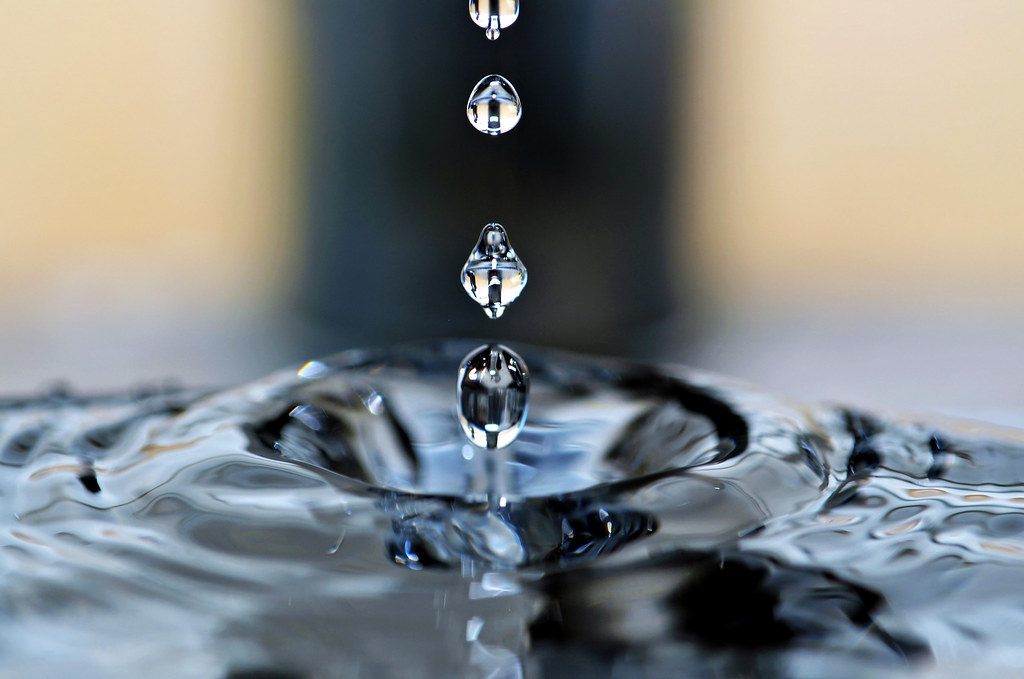What are your opinions about The Environmental Impact of Leaky Faucets?

Introduction
A leaky tap may look like a minor annoyance, yet its effects prolong far past the occasional drip. Recognizing the results of a leaking faucet is crucial for both homeowners and the setting. In this post, we'll explore the numerous influences of this common home problem and why resolving it immediately is important.
Sources Of Leaky Faucets
Leaky taps can arise from a variety of factors, consisting of deterioration, high water stress, and rust. Over time, the consistent use of taps can lead to worn-out seals and gaskets, creating leaks to establish. Additionally, too much water pressure can put pressure on plumbing components, leading to leaks. Rust and corrosion can additionally weaken faucet components, making them prone to leakage.
Water Wastage
One of the most significant consequences of a leaky faucet is water wastage. Also a tiny drip can amount to gallons of drainage gradually. This not only drives up water bills yet additionally adds to water shortage and environmental destruction. Resolving dripping faucets promptly is essential for preserving this valuable resource and decreasing its influence on the world.
Financial Impact
Along with drainage, leaking faucets can likewise have a considerable economic effect. Enhanced water costs are a direct effect of water waste, setting you back house owners hundreds of bucks annually. In addition, the expense of fixing water damage triggered by leakages can be substantial, particularly if left neglected for a prolonged period.
Ecological Impact
The environmental influence of leaky taps prolongs beyond water wastage. By preserving water, homeowners can add to wider initiatives to reduce water scarcity and safeguard natural communities. Sustainable choices such as rainwater harvesting and water-efficient components can further minimize the ecological impact of home water usage.
Technical Solutions
Developments in innovation have resulted in the growth of smart taps and water-saving gadgets that help minimize water wastefulness. Smart taps make use of sensing units to detect motion and adjust water circulation appropriately, reducing waste without sacrificing comfort. Water-saving devices such as aerators and low-flow showerheads are additionally efficient in saving water without compromising performance.
International Point of views
While dripping faucets might seem like a localized problem, they contribute to more comprehensive worldwide obstacles such as water shortage and environment modification. In regions currently encountering water anxiety, every decrease counts, making leakage prevention and repair important. By adopting water-saving techniques and purchasing sustainable technologies, homeowners can play their component in resolving these pressing international problems.
Regulatory Procedures
Government laws play a vital role in minimizing the impact of dripping faucets and promoting water preservation. From building codes that need water-efficient components to water-saving incentives and refunds, policymakers have a series of tools at their disposal. By executing and applying these regulations, governments can make sure that home owners focus on water conservation in their lives.
Community Effect
Dealing with leaking faucets calls for cumulative initiatives at the neighborhood level. By raising recognition concerning the relevance of water conservation and providing sources for leakage detection and fixing, regional authorities can empower home owners to act. Initiatives such as water-saving discount programs and leak discovery campaigns can incentivize behavior adjustment and promote accountable water usage.
Situation Researches
Real-life examples of the effect of leaky faucets emphasize the importance of proactive upkeep and prompt repairs. From water damage to escalating water costs, the consequences of neglecting leakages can be extreme. By sharing these study, home owners can much better recognize the significance of addressing leaky faucets quickly.
Educational Campaigns
Educational campaigns play an important function in increasing awareness about the effects of dripping faucets and advertising water preservation methods. Through workshops, workshops, and on the internet resources, homeowners can find out exactly how to discover and fix leakages themselves. By encouraging individuals with understanding and tools, academic campaigns can foster a culture of accountable water use within communities.
Health and wellness Issues
Leaky taps can produce conducive settings for mold and mold growth, posturing health threats to residents. The visibility of mold can worsen respiratory system issues and allergic reactions, specifically in vulnerable individuals. Furthermore, water damages arising from leakages can compromise the structural integrity of buildings and result in expensive repair services.
Do it yourself vs. Expert Repair service
When faced with a leaky faucet, house owners commonly question whether to try repair services themselves or employ an expert plumber. While DIY repairs can save cash, they may not always address the hidden problem effectively. Specialist plumbers have the expertise and devices to diagnose and deal with leaks correctly, making certain long-lasting solutions and comfort for property owners.
Safety nets
Preventing leaking taps requires routine upkeep and proactive procedures. Straightforward tasks such as replacing damaged washing machines and seals can prevent leaks from establishing. In addition, updating to top quality fixtures and minimizing water stress can aid prolong the lifespan of faucets and reduce the risk of leaks.
Conclusion
In conclusion, the effects of a leaky faucet expand much past the occasional drip. From water wastage and increased water bills to wellness problems and environmental impact, the consequences of overlooking leakages can be considerable. By addressing dripping taps quickly and embracing water-saving techniques, homeowners can reduce these effects and contribute to a much more sustainable future.
Why You Shouldn’t Ignore a Leaky Faucet in Your Home
What Causes a Leaky Faucet?
Various factors can cause a leak, from loose and worn-out parts to corrosion. Your faucet has four essential components from which most plumbing issues will stem: the O-ring, the valve seat, the washer and the gasket.
What Is an O-Ring?
The O-ring is a stem screw that fastens parts of the faucet in place, preventing water from leaking out of the spout. Depending on your faucet type, the stem might have multiple O-rings. Water will drip from the faucet’s handles and base if this part breaks or deteriorates.
What Is a Valve Seat?
The valve seat controls the flow and temperature of the water. Found at the base of the handle, it works as a seal for the faucet’s stem. The valve seat ensures the water is allowed to flow or is blocked as the handles dictate. You’ll know it’s malfunctioning when water leaks from your faucet’s sides.
What Is a Gasket?
The gasket is found between the water inlet and the valve stem. It creates a seal between the faucet and the sink, holding its joints by aerators attached to the stem’s head. Water will trickle out from the base if the gasket isn’t working.
What Is a Washer?
The washer secures the handles and prevents leakage, serving a similar purpose to the O-ring. While the O-ring is ordinarily round and made from an elastic material, such as rubber, the washer is square-shaped and composed of brass, copper and other hard metals. If it malfunctions, corrodes or has been improperly installed, water will leak out of the handles, causing that incessant faucet drip.
Why Is a Leaky Faucet Dangerous?
A leaky faucet left alone for too long can have significant consequences.
Pest Infestations
Since bugs and rodents gravitate towards the scent of water, a leaky faucet will draw pests to your sink. Both are looking for leaks accessible through crawl spaces, which a faucet provides. If you leave water dripping for too long, you run the risk of an infestation.
Rust
If one of the faucet parts has started to corrode, the resulting rust can spread to your pipes and valves with startling speed. The rust might even lead to cracks or other impairments, resulting in more severe plumbing issues.
Your sink could also sustain damage from a leaky faucet. The water in your tap possesses sparse elements of calcium and iron that can stain your sink with repeated and prolonged exposure. Once those elements in the water have been open to the air for some time, your sink will start to rust, creating marks that can be difficult to remove.
https://www.tomsmechanical.com/blog/why-you-shouldnt-ignore-a-leaky-faucet-in-your-home

Do you really like reading up on How to Fix a Leaky Faucet? Try to leave a remark down the page. We would be pleased to listen to your suggestions about this write-up. Hoping that you visit us again before long. Do you know another person who is interested in the subject? Do not hesitate to share it. I value reading our article about Health Risks Posed by Leaking Faucets.